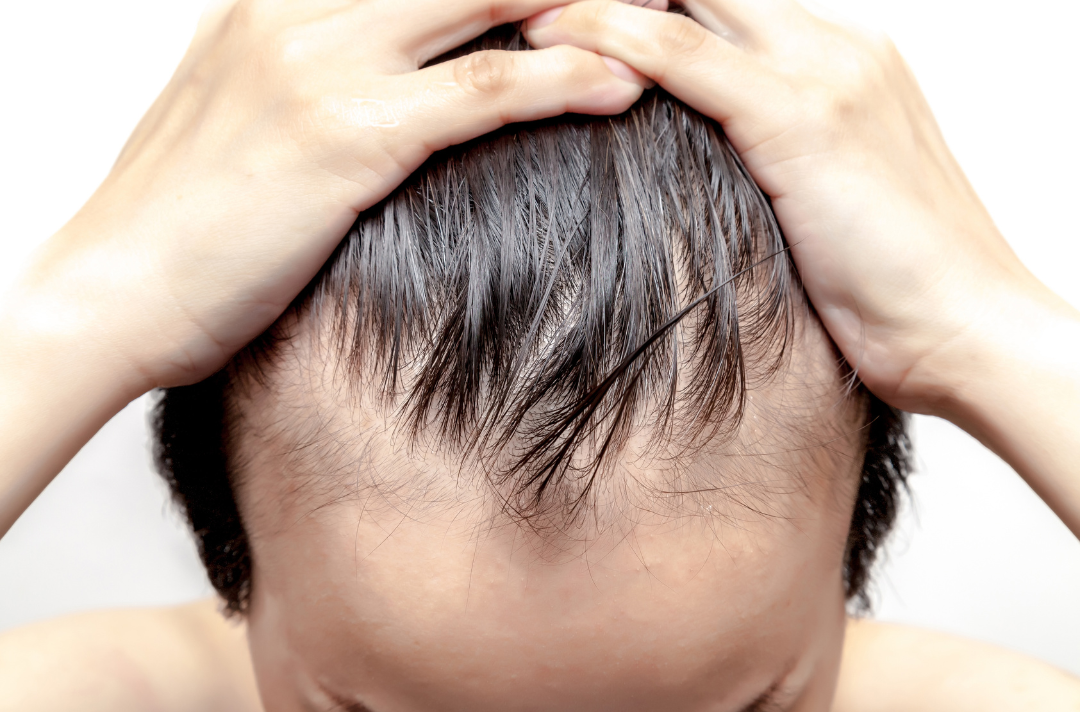Understanding the Widow’s Peak Hairline
If your hairline forms a V-shape at the center of your forehead, you’re sporting a widow’s peak. This unique hairline can be a subtle hint of genetic conditions, but it’s mostly a hereditary trait.
The Distinctive Nature of a Widow’s Peak
A widow’s peak features a higher hairline on the sides with a dip in the middle. For some, it’s a prominent feature, while others might have a less noticeable one. It often becomes more evident when you pull your hair back.
Genetics plays a key role in determining your hairline, whether it’s a straight one or a widow’s peak.
The Origins of the Term “Widow’s Peak”
The term “widow’s peak” harks back to 18th-century England, where it was customary for a widow to wear a black hat or hood with a point in the middle of the forehead after her husband’s death.
Continue reading to discover more about the Widow’s peak, its cultural significance, and styling tips.
The Genetic Puzzle Behind Widow’s Peak
The inheritance of a widow’s peak remains a bit of a mystery. It may run in families, but the exact genetic mechanism is unclear.
Genetic Conditions Linked to Widow’s Peak
A widow’s peak can be associated with certain genetic conditions, such as:
- Aarskog Syndrome: Linked to the FGD1 gene, this rare disorder affects mostly males and includes features like short stature and facial abnormalities.
- Donnai-Barrow Syndrome: Caused by mutations in the LRP2 gene, this syndrome affects the eyes, nose, and ears.
- Frontonasal Dysplasia: A rare condition involving the ALX 3, ALX4, and ALX1 genes, leading to abnormal head and face development.
- Opitz G/BBB Syndrome: This condition affects the body’s midline and involves mutations in the MID1 gene or chromosome 22.
Sometimes, a receding hairline in later life can mimic a widow’s peak.
Debunking Myths Around Widow’s Peak
Despite some myths, a widow’s peak is merely a type of hairline. It doesn’t predict widowhood or indicate a villainous character, as sometimes portrayed in movies.
Embracing the Widow’s Peak in Pop Culture
Many beloved actors like Marilyn Monroe and Keanu Reeves proudly sport widow’s peaks, proving it’s a trait of beauty and charm, not a character flaw.
Styling a Widow’s Peak
There’s no need to hide your widow’s peak. Embrace it with hairstyles that accentuate its uniqueness, like slicked-back looks or ponytails. If you prefer to soften its appearance, try side-swept bangs or off-center parts.
Tips for Those Who Prefer a Different Look
If you’re not a fan of your widow’s peak, consult with a stylist or aesthetician for hair removal techniques. Options range from tweezing and waxing to more permanent solutions like laser hair removal or electrolysis.
Shaving the Widow’s Peak: A Maintenance Task
Shaving your widow’s peak is an option, but it requires regular upkeep to avoid a stubbly hairline.
In Conclusion: Embracing Your Genetic Heritage
A widow’s peak is a distinctive feature that’s often inherited. Whether you choose to highlight it or not, it’s a part of your unique genetic makeup, just like any other inherited trait.
Making the Most of Your Widow’s Peak
Ultimately, how you choose to style or treat your widow’s peak is a personal decision. It’s a natural part of who you are, and there are plenty of ways to make it work for you.


